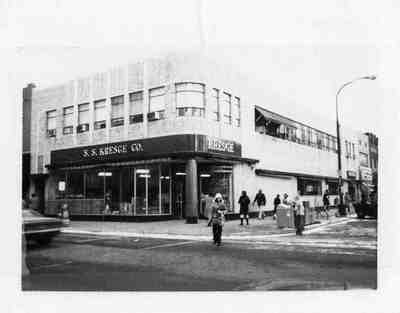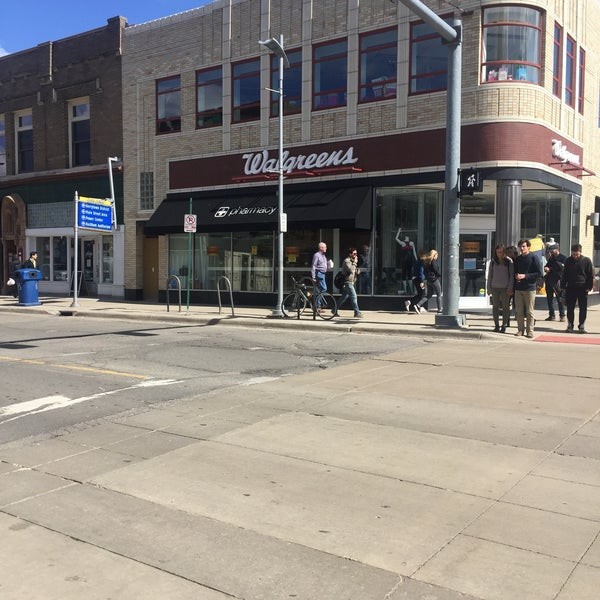Kresge’s / Walgreens
Introduction
Text-to-speech Audio
Today, you see a Walgreen’s standing here, one that many of you may have undoubtedly visited many times, in between classes or on your way to work. But decades ago, this was the site of Kresge's, a store that played a pivotal role in Ann Arbor's civil rights history. Let's explore the rich history behind this building!
Images


Backstory and Context
Text-to-speech Audio
The 1960s were wild. So much was changing and shifting in society. While the South is often spotlighted for its civil rights battles, the movement was nationwide. Different organizing strategies like sit-ins, originating in places like Greensboro, North Carolina, found their way north, even to Ann Arbor, at this exact intersection.
Kresge’s was not just another store. It became a focal point of protest due to its chain's discriminatory practices in the South. In spring 1961, nearly 100 students, both Black and white, picketed, in an attempt to shed light on these injustices. For those of you who don’t know, picketing is when protesters congregate in front of an establishment with the goal of preventing business from taking place within, by either scaring away potential customers, or physically preventing them from entering. Often, these demonstrations garner law enforcement action, or media attention, which raises awareness for the cause at hand. The Ann Arbor Direct Action Committee was instrumental in these protests. In a surprising turn, during one demonstration, the Kresge manager offered coffee and donuts to the picketers, which they declined, symbolizing their steadfast commitment to the cause. Their refusal was not just about a meal; it was a rejection of complacency and acceptance of racial discrimination.
Today, this spot is more than just a Walgreens; it's a testament to the enduring spirit of student activism. Think back to the Kresge's protests in the 1960s. Those weren't just random events. They were a foundation for many student movements that followed at U-M. Al Haber was involved in these protests, and he was one of the founders of Students for a Democratic Society, or SDS, which would become one of the largest student activist groups in the 1960s, with national influence in anti-war, anti-poverty, and anti-racism movements.
SDS believed that students could be the primary engine for social change through direct action campaigns and what they called “participatory democracy,” an idea espoused in the organization’s manifesto, The Port Huron Statement, written by Tom Hayden,
And an interesting note: while the northern student activists were often in the spotlight, their inspiration came largely from the Civil Rights student activists in the south, who were mainly Black. The protests here in Ann Arbor, including those at Kresge’s, are a legacy of the progressive ideologies that defined the 60s. It's a reminder of how our struggles, no matter where they happen, are deeply connected.
Sources
Gleen, Alan. “The Hidden History of Ann Arbor, Michigan: A Small Town’s Big Impact on the Sixties.” In Freeing John Sinclair: The Day Legends Came To Town (online exhibit). Ann Arbor District Library. https://aadl.org/freeingjohnsinclair/essays/hidden_history_of_ann_arbor.
Glenn, Alan. “The Times, They Were A-Changin’.” Michigan Alum. Summer 2017. https://alumni.umich.edu/michigan-alum/the-times-they-were-a-changin/
Hayden, Thomas. “Student Demonstrators Protest Anti-Negro Bias.” Michigan Daily. March 13, 1960. https://digital.bentley.umich.edu/midaily/mdp.39015071754340/241.
Wacker, Denise and Buel Trapnell. “AADAC Pickets Stores on Campus, Downtown.” Michigan Daily. May 7, 1961. https://digital.bentley.umich.edu/midaily/mdp.39015071754282/477.
